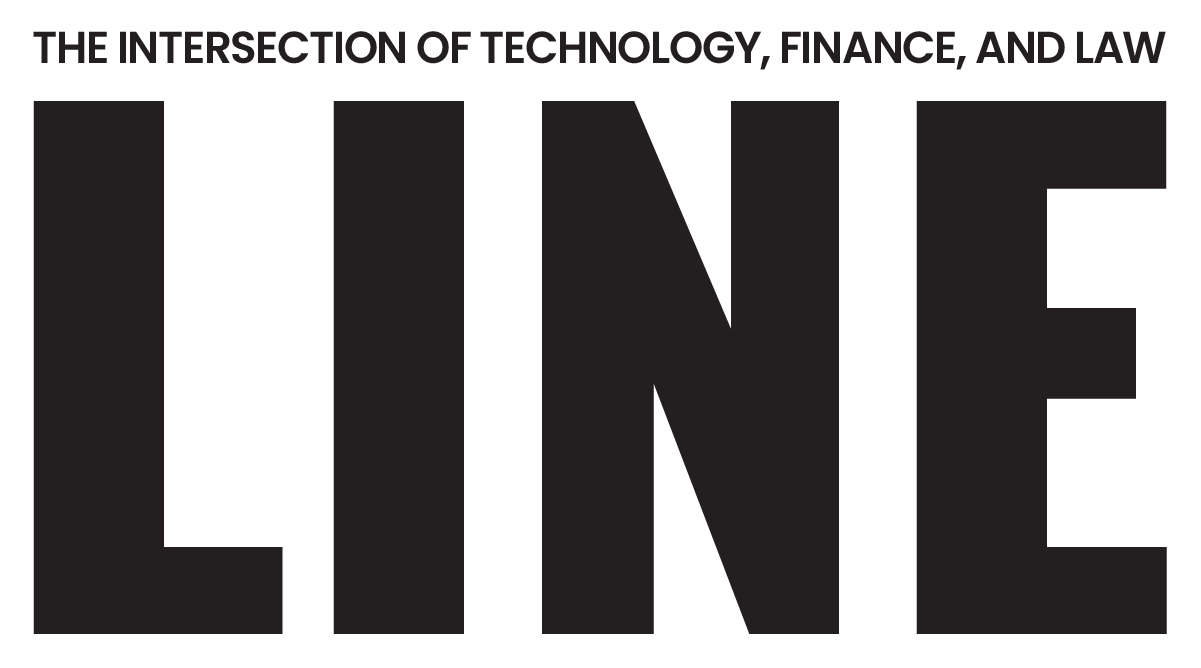By 2030, 30% of vehicles on the road globally are projected to be electric. Bans on gas cars in the EU begin in 2035. Current technology can’t keep up. That’s going to force a lot of innovation in a relatively short timeframe. Is this a particularly unusual situation?
Yes and no. For decades, the automotive industry has had no problem launching new emission control technology to keep up with an ever-tightening noose of regulatory standards for emissions, such as the Clean Air Act of 1970, amendments to the Clean Air Act in 1977 and 1990, and the National Low Emission Vehicle Program. These regulations drove automakers to develop new emission control technology, such as catalytic converters, electronically controlled fuel-air injectors, and thermal management systems. But the common thread in all of this is that innovation was more incremental, and drove only smaller changes to existing combustion engine systems. Dramatic innovation to alternative technologies, such as EV batteries, is needed to achieve policy goals of moving the automotive industry off the combustion engine altogether. The scale of necessary innovation is massive, and covers everything from the materials and manufacturing processes used to make batteries to the EV charging network.
How would you characterize the historical approach to intellectual property in the auto sector?
For many years, there were only a handful of car companies that we all know — ones like GM, Ford, Toyota, Honda. They were the dominant players. Consumers previously based their buying decisions on factors like engine specs, sticker price, reliability ratings, and so on. To maintain that status quo and mitigate risk, carmakers focused their IP protection on creating fences around the primary areas of competition: drivetrain, engine, safety, motor technology. This remained true even as ADAS [advanced driver assistance systems] technology became prevalent. Given the small number of dominant players and how buyers based their decisions, automotive companies for many decades were averse to patent litigation and licensing programs.
”There’s going to be a real uptick in litigation. Part of that will be driven by companies that are forced out of the marketplace because they’re unable to compete.”
Member
Mintz

Is it fair to say that compared to patent-intensive industries like Big Tech or Big Pharma, that carmakers are less sophisticated as a result of this more insular approach?
I wouldn’t go that far. They had a sophisticated strategy that worked for many decades. What forced things to start to unravel was really the introduction of smart technology into our everyday lives. Consumer preferences started shifting away from the core components automotive companies focused on, toward what people wanted in their cars. We now want a big touchscreen, we want Apple Siri–like voice recognition and virtual assistants, we want telematics communication, artificial intelligence, autonomous driving — we want all of these things, we want it to be a seamless user experience. That wasn’t what traditionally drove consumer demand.
Smart technology came from the adjacent high-tech industry, not from the automotive industry. But unlike the auto industry, the tech sector is not averse to litigation. Many patent owners in that space are more vigorous about licensing and protecting their intellectual property. We saw a rise since 2010 in automotive IP litigation, principally around smart technologies. We’ve seen the formation of patent pools like Avanci on the communications side. And that’s just the start. Government regulations and consumer preferences toward clean technology are driving the auto sector off of the combustion engine platform altogether. As a result, what was once the central focus of the auto sector’s core IP strategy will become largely obsolete. The auto sector will have to turn to adjacent industries to replace what was once its core technology.
This industry is on the clock. It’s been described as a moonshot — tremendous advances needed in a short timeframe. Is this a comparable situation where the industry will have to adapt and innovate in not just the technology itself, but the law around it?
Yes. A complete shift off of the combustion engine would derail competitive advantages that countries such as Germany and Italy have gained over many decades. Germany, for example, was able to convince the EU to allow the sales of new cars with combustion engines that run on synthetic fuels. Synthetic “e-fuels” can be made by harvesting carbon dioxide from the atmosphere and combining that with hydrogen, and can be used as a fuel for a traditional combustion engine. The carbon emissions are considered to be net zero because the carbon dioxide was collected from the atmosphere in the first place. But there are problems with e-fuel, including the amount of energy needed to produce it, compared to the amount of energy it takes to charge an EV.
This industry is on the clock. It’s been described as a moonshot — tremendous advances needed in a short timeframe.
You touched on material scarcity. To meet regulatory standards using current technologies, there’s simply not enough of some elements in the world. Are you expecting a wave of new and cheaper EV technology to hit the market in the short term?
Absolutely, and that’s going to be a whole new fight over these limited natural resources, and how to most efficiently extend the range of the EV.
The price of the raw materials, such as nickel and cobalt, has been rising due to their scarcity. To compete in the marketplace and to meet consumer demands for range, companies will need to innovate around the battery materials and technologies. Lithium iron phosphate cells replace cobalt and nickel battery cathodes with iron and phosphate, which are more abundant in nature and therefore cheaper. LFPs are widespread in the Chinese EV market, but have faced more resistance in North America due to their range. But there are innovations in the works that are poised to change all of that. Large automakers, including Tesla, Rivian, and Ford are all rolling out LFP cells in their new EVs.
This is only the beginning. An EV with a 300-mile range isn’t going to cut it. Additional innovation in battery materials, design, construction, and manufacturing, will be needed to push the range to over 700 miles, which is what consumers expect. And obviously, the 10,000-pound gorilla they need to beat is Tesla. Innovation in traditional liquid batteries, like carbon nanotube batteries, and new dry electrode or solid-state batteries will be essential to the EV market.
Tesla’s been at this for a while now. Does it have an insurmountable lead in this position, because this is not just vehicles, it's charging infrastructure and ancillary services? Is mainstream auto playing catch up?
To a certain extent, yes. Tesla has approached technology in a very sophisticated way that doesn’t just include organic growth in the area of EV and partnership with battery companies, but extends to a buying strategy. They’ve been very aggressive about finding key small companies and buying them for their battery technology.
It’s not a lost cause for the dominant players. Battery technology is an adjacent industry, with players that have been involved for many years. There are ways to acquire technology that don’t involve years of growth. This is where the fight is going to be. For consumers, user experience, autonomy, and safety are all now just table stakes. Battery technology is going to be paramount to maintaining and attracting more market share.
If we do get some of these necessary breakthroughs on the battery front, new standards and SEPs will define the space. What does that mean for somebody in your position, to whom these companies are looking?
Standards are definitely playing a more and more critical role. We’re also already seeing it with the charging stations and the charging infrastructures. Everyone is apparently gravitating toward the Tesla infrastructure. It’ll be interesting to see if that ultimately becomes a standard that is not controlled only by Tesla, but becomes an open standard. I could conceive of a situation where a standard-setting organization like ETSI, or other standard-setting organizations we see in the wireless space, begin managing that standard. Having centralized control in one market competitor could pose real risks to the non-Teslas of the world.
What do the next 10 years look like from a patent litigation standpoint?
There’s going to be a real uptick in litigation. Part of that will be driven by companies that are forced out of the marketplace because they’re unable to compete. We might see a convergence, just like we saw in the smartphone space, where there are two dominant players, and then there’s everybody else. It’s becoming harder and harder for automotive companies to differentiate themselves from one another on anything other than range, cost, and the best access to natural resources. There are only going to be a handful — we’re not going to have 10 or 15 automotive companies. The companies that get pushed out are going to then look to change strategy with respect to the technology that they developed.
So is this a Nortel portfolio analogy, where the companies that are squeezed out turn to selling or leveraging their intellectual assets?
Yes, it’s really interesting. It’s not just patents, but trade secrets as well. We will likely see a “smartphone wars” era in the automotive sector. For example, although Tesla has broadcast support for “open sourcing” its patents, it’s locked in a trade secret battle with Rivian over next-generation batteries. Much like Apple, every sign suggests that Tesla will use its IP rights to vigorously defend the ground it has gained over the past ten years. And the companies that get squeezed out will seek to get a return on their significant investments through selling or leveraging their IP against the dominant players that are left standing.








